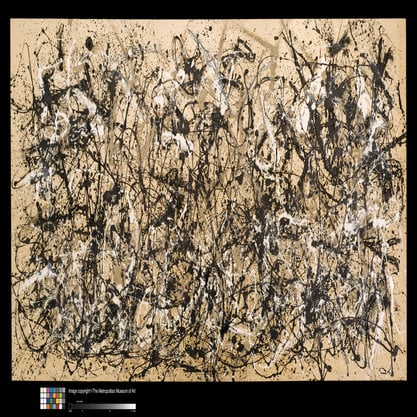Article
Spiral By Baker, Marissa H.
Article
Spiral was a collective of African American artists that briefly formed in New York City between 1963 and 1966. Romare Bearden and Norman Lewis were the main founders and leaders of the group. The first meeting convened in Bearden’s studio, with Charles Alston, Felrath Hines, Lewis, Richard Mayhew, William Prichard, Hale Woodruff, and James Yeargens in attendance. Later, Emma Amos, Calvin Douglass, Perry Ferguson, Reginald Gammon, Alvin Hollingsworth, William Majors, Earle Miller, and Merton Simpson joined the group. Prompted by a sense of momentum and urgency from the Civil Rights movement and the imminent March on Washington, which occurred during the summer of 1963, the group gathered to discuss the role of art in the struggle for equal rights. The artists were also eager to discuss racism and their exclusion from New York’s art world. Older artists such as Woodruff and Alston were influenced by the tenets of the New Negro movement—a movement in the early 20th century that encouraged African American artists to use art to achieve racial progress by refashioning the image of the Negro as self-assertive and urbane. Under their influence the question of a ‘‘black art’’ and ‘‘black aesthetic,’’ which put the artists’ racial identity at the center of the debate, remained central to the Spiral group.



![Tokyo Monogatari; 東京物語
[Tokyo Story] (1953)](/propagator/data/img-dc/original/image/film-hero/Surrealism_in_Cinema_converted.jpg)